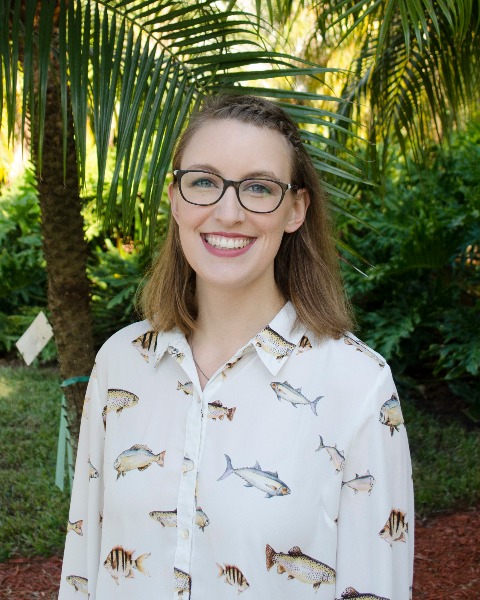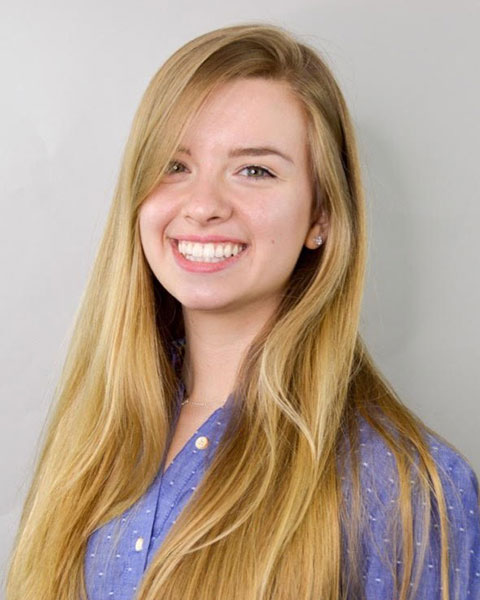Child / Adolescent - Depression
What CBT modules work best for whom? Identifying subgroups of depressed youths by their differential response to specific modules
(PS4-A9) What CBT Modules Work Best for Whom? Identifying Subgroups of Depressed Youths by Their Differential Response to Specific Modules

Jennifer Frederick, M.S.
Doctoral Student
Florida International University
Hialeah, Florida.jpg)
Mei Yi Ng, Ph.D.
Assistant Professor
Florida International University
Miami, Florida- JW
John R. Weisz, ABPP, Ph.D.
Professor
Harvard University
Cambridge, Massachusetts 
Katherine E. Venturo-Conerly, B.A., M.A. (she/her/hers)
Graduate Student
Harvard University
Cambridge, Massachusetts- MV
Matthew J. Valente, M.A., Ph.D.
Assistant Professor
University of South Florida
Tampa, Florida
Author(s)
Co-Author(s)
Introduction: Despite evidence that cognitive behavioral therapy (CBT) is a well-established treatment for depression in youth, many youths do not demonstrate major improvements in symptoms after therapy. Taking an idiographic approach and examining intensive data from individual participants may help to further research identifying effective ingredients of therapy and to inform efforts to personalize, and ultimately improve the effectiveness of, psychotherapy for youth. Prior research suggests that the effects of specific CBT modules on symptom outcomes can be estimated, and that youth may also respond differentially to various modules within the same treatment. We conducted a study utilizing idiographic and nomothetic methods to clarify which CBT modules are most effective for youth depression, and for whom they are most effective.
Method: Thirty-five youths with elevated symptoms of depression received modular CBT for depression (MATCH) in one of two randomized effectiveness trials. Therapists recorded which modules youth received during treatment. Youth and caregivers completed weekly ratings of internalizing symptoms. Idiographic interrupted time series models estimated whether the implementation of each module was associated with a reduction in internalizing symptoms, as significant symptom reduction would suggest a therapeutic response to the module. Regression models were used to explore whether participant characteristics predicted subgroups of youths based on their estimated response to certain types (e.g., cognitive, behavioral) of modules, and whether group membership was associated with post-treatment outcomes.
Results: A total of 30 out of 35 (86%) youths had at least one specific module that was associated with significant change in the level of average internalizing symptoms pre-module delivery to post-module delivery. Fourteen youths (40%) had modules that were associated with decreases in symptoms, 3 youths (9%) had modules that were associated with increases in symptoms, and 13 (37%) had modules associated with either increases or decreases in symptoms. The specific modules associated with these changes varied across youths. Behavioral activation was most frequently associated with symptom decreases (34% of youths). Youths were not more likely to have changes in symptoms following the introduction of a module at the beginning of treatment compared to the middle or end of treatment. No participant characteristics predicted estimated response to module type, and group membership was not associated with post-treatment outcomes.
Discussion: Youths displayed highly heterogeneous responses to treatment modules. It is important to identify not only youths who may benefit from a specific treatment, but also youths who may benefit equally from multiple options for treatment, as those youths may be able to access effective treatment more easily. Behavioral activation shows promise as a beneficial module for depressed youths within this sample. The lack of association between the types of modules that were associated with changes in symptoms for youths and youths’ post-treatment internalizing symptoms may indicate that there are multiple pathways to symptom improvement for youth with depression.

